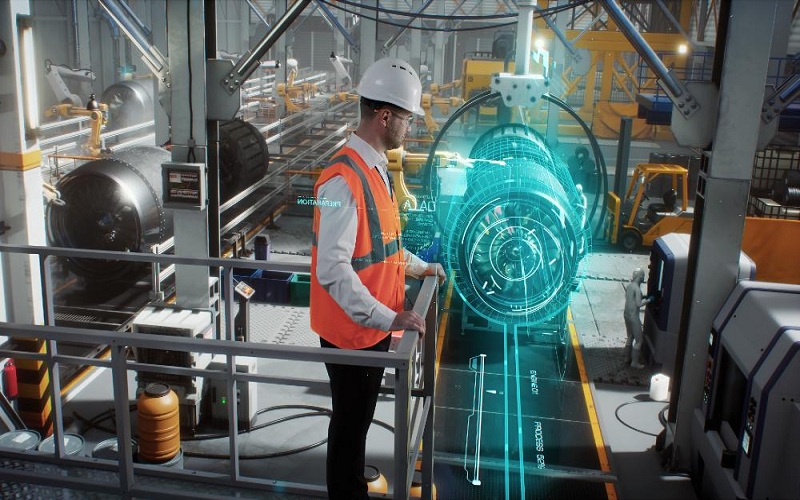For over a century, metal has been the material of choice for aircraft construction. Aluminum, in particular, revolutionized aviation in the 20th century with its light weight and strength. Nevertheless, in the pursuit of faster, more efficient, and more capable aircraft, the aerospace industry has moved beyond these traditional metals to more advanced materials such as composites and alloys. These materials let engineers tailor properties to help optimize performance.
The Rise of Composites
Composites comprise two or more constituent materials with significantly different properties. Combining them allows engineers to produce a new material with characteristics superior to those of the individual components. Fiber-reinforced polymer composites comprise strong, stiff fibers embedded in a lightweight polymer matrix. The fibers provide strength and stiffness, while the surrounding matrix transfers loads to the fibers and protects them from environmental damage.
Aerospace composites companies like AerodineComposites.com have developed high-performance composites for aircraft structures and components. The most common aerospace composites contain carbon fibers for exceptional strength and stiffness, embedded in a polymer resin matrix for both durability and chemical resistance. Carbon fiber composites offer extremely high strength-to-weight and stiffness-to-weight ratios when compared to metals like aluminum and titanium. Structural components can be constructed significantly lighter than aluminum equivalents while providing equal or greater structural integrity.
Benefits for Aircraft Performance
The light weight of advanced carbon fiber composites translates directly into better fuel efficiency, extended range, and improved maneuverability. Commercial and military aircraft alike benefit from weight reductions.
The high strength and stiffness of composites also provides flexibility in aerodynamic designs. Curved wing surfaces, smooth nacelle contours, and complex geometries for fan blades can optimize airflow and propulsion efficiency. Compared to metals, the superior durability, damage tolerance, and fatigue resistance of polymer composites allows for higher operating temperatures and pressures across airframe and engine components. New generation engines can therefore run hotter, improving thrust, and reducing emissions.
Advanced Alloys Expand Capabilities
While polymer composites take advantage of high-strength reinforcements in a lightweight polymer matrix, advanced metal alloys use mixtures of two or more metallic elements. Alloying provides tailored solutions to meet expanding requirements for temperature resistance, strength, damage tolerance, workability, and weight reduction.
Superalloys based on nickel or cobalt have been developed to withstand extreme environments present in the hot sections of jet engines. Rotating turbine blades experience intense heat and stress over long operating lifetimes. Nickel-based superalloys maintain tensile strength, fatigue resistance, and crack growth resistance at temperatures exceeding 2000°F. This preserves structural integrity under severe thermal loads.
Titanium possesses the strength of high-strength steels but with a much lower density. When heavily loaded, titanium maintains greater strength than aluminum. Its properties perform well for highly stressed aircraft structures such as landing gear components, turbine engine blades, hydraulic tubing and fasteners. Engineers select the optimal titanium alloy composition for each specific application. Additions of small amounts of trace elements like aluminum, tin, zirconium, molybdenum, carbon, boron, and silicon allow customization of physical characteristics. The results are advanced titanium alloys with capabilities reaching far beyond those of pure titanium metal.
Enhanced Performance Outlook
With expanded use of advanced materials like polymeric composites and high strength alloys, future aircraft will continue to gain capabilities and efficiencies. Lighter structural component weights will facilitate speed, range, and maneuverability improvements for both manned and unmanned vehicles. Thermal and strength advantages will allow for things like power-plant and propulsion innovations that were not previously feasible when using only traditional metal alternatives.
Conclusion
Advanced materials such as composites and alloys are now playing an increasingly important role when it comes to aerospace design and enabling performance improvements in aircraft. The expanded use of these advanced materials indicates faster, more capable, and more efficient aircraft in the future – across both civilian and military applications.

